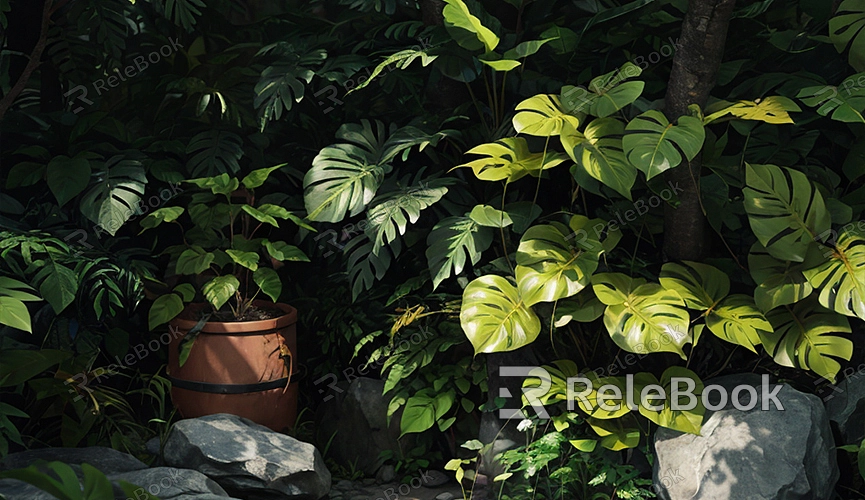How to Render Images in Blender?
After modeling and scene design in Blender, rendering the model's visual effects and images is one of the crucial ways to showcase your work. However, for some beginners, rendering images in Blender might seem perplexing. Don't worry, this article will provide you with a detailed guide on the steps and methods for rendering images in Blender.
Prepare the Scene
Before rendering images, you need to prepare your scene:
1. Complete Modeling: Ensure that you have finished modeling your scene, including placing objects and arranging the layout.
2. Set up Lighting: Add light sources to the scene, such as sunlight, point lights, etc., to ensure that objects in the scene are adequately illuminated.
3. Adjust the Camera: Adjust the position and angle of the camera to determine the content of the image you want to render.

Set Render Engine and Parameters
In Blender, there are two commonly used render engines: Cycles and Eevee. You can choose the appropriate render engine based on your needs and set the corresponding render parameters:
1. Choose Render Engine: In the top toolbar of the Blender interface, select the render engine you want to use, such as Cycles or Eevee.
2. Set Render Parameters: Adjust parameters like resolution, sampling, ray tracing depth, etc., in the render settings according to your needs to achieve the desired rendering effect.
Adjust Materials and Textures
Before rendering images, you may also need to adjust the materials and textures of objects to enhance the rendering effect:
1. Add Materials: Add appropriate materials to objects, such as diffuse materials, specular reflection materials, etc.
2. Adjust Textures: Add textures and images to objects to add detail and realism, making the rendering effect more lifelike.
Render Images
After completing the above preparations, you can start rendering images:
1. Set Output Path: Set the output path and file format in the render settings, choosing the appropriate output format, such as PNG, JPEG, etc.
2. Start Rendering: Click the render button to start rendering the image. Rendering time may vary depending on render parameters and scene complexity.
Save and Share Images
After rendering is complete, you can save and share the images:
1. Save Images: After rendering is complete, select "Image" -> "Save Image" to save the rendered image file.
2. Share Images: Share the saved image files with others to view. You can share your work via email, social media, etc.
With the above steps, you can easily render beautiful image works in Blender. Rendering images requires some skills and experience. If you need many high-quality 3D textures and HDRI or downloadable 3D models, you can download them from Relebook and import textures and 3D models directly into your project.

